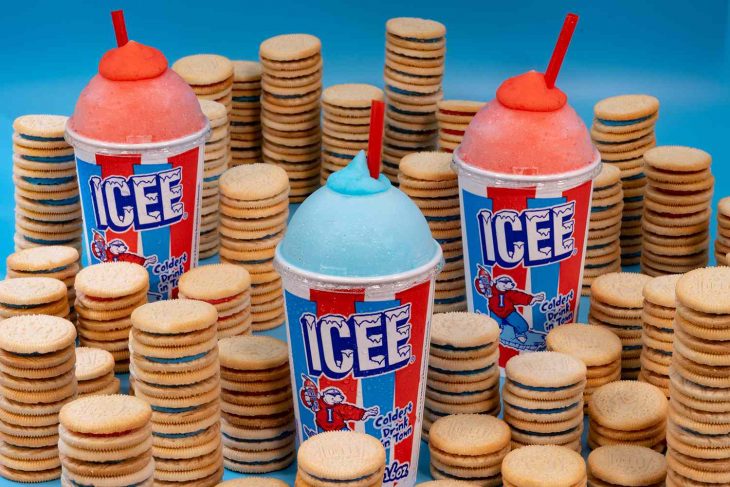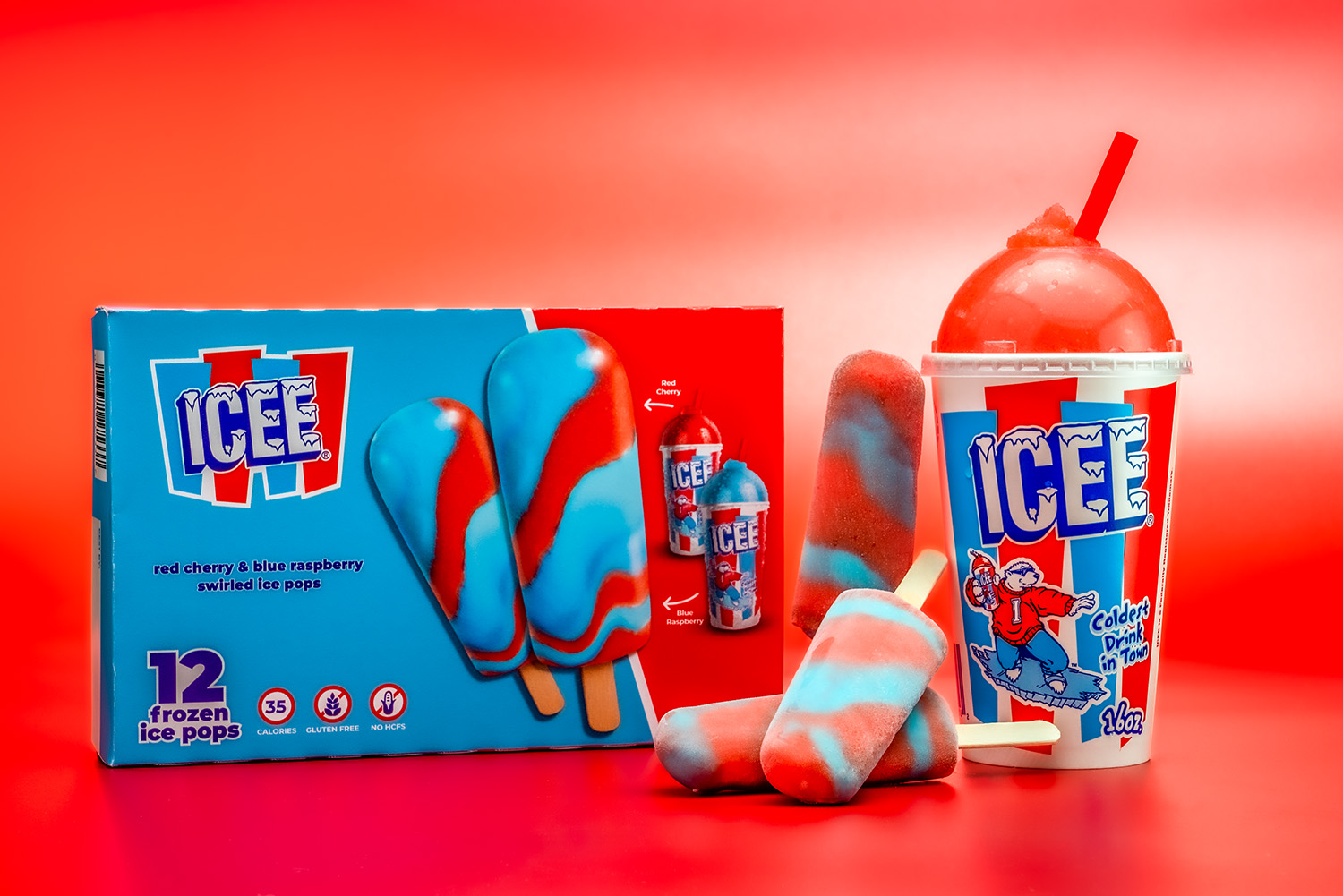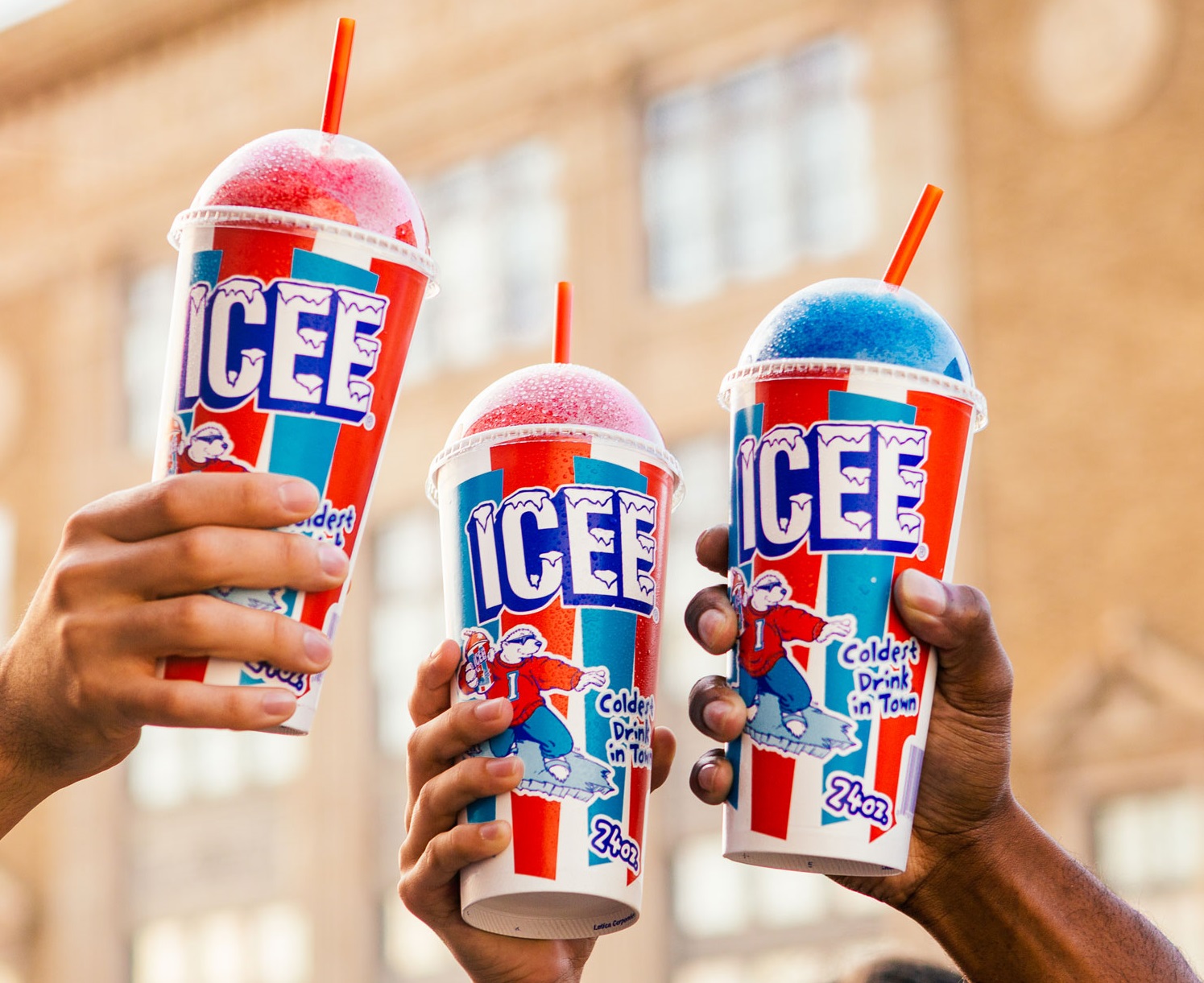
Icee is a popular frozen beverage known for its refreshing and sweet flavors. Whether you enjoy it on a hot summer day or as a tasty treat, it’s essential to understand its nutritional composition. In this article, we will explore 11 nutritional facts about Icee, providing you with valuable insights into its ingredients and potential impact on your diet.
Calories and Serving Size
Icee comes in various sizes, but the standard serving size is typically 8 ounces (240 ml). The calorie content of an Icee can vary depending on the flavor and size, ranging from around 60 to 120 calories per serving.
Carbohydrates and Sugar
Icee is primarily composed of carbohydrates, with sugar being the main source. The sugar content in an Icee can range from 15 to 30 grams per serving, depending on the flavor and size. It is important to note that Icee is a high-sugar beverage and should be consumed in moderation.

Fat and Protein
Icee is virtually fat-free and contains minimal amounts of protein. The focus of this frozen beverage is on providing a refreshing and flavorful experience rather than being a significant source of dietary fats or protein.
Sodium Content
The sodium content in Icee can vary depending on the flavor and size. On average, an 8-ounce serving of Icee contains around 20 to 50 milligrams of sodium. This is a relatively low amount and is unlikely to have a significant impact on your overall sodium intake.
Vitamin and Mineral Content
Icee is not a significant source of vitamins or minerals. Since it is a frozen beverage with a high sugar content, it does not provide substantial amounts of essential nutrients such as vitamins or minerals. It is important to obtain these nutrients from a balanced diet that includes a variety of fruits, vegetables, and whole foods.
Hydration
Icee can contribute to your daily fluid intake and help keep you hydrated, especially in hot weather or after physical activity. However, it is important to note that Icee should not replace water as the primary source of hydration. Drinking sufficient water is essential for maintaining optimal hydration levels.
Artificial Flavors and Colors
Icee is known for its vibrant and enticing colors, but it’s important to understand that these colors are often achieved through the use of artificial dyes and flavors. These additives are used to enhance the visual appeal and taste of the beverage.

Portion Control
Due to its high sugar content, it is important to practice portion control when consuming Icee. Opting for smaller serving sizes or sharing a larger one can help manage your sugar intake and prevent excessive calorie consumption.
Limited Nutritional Value
While Icee can be a fun and enjoyable treat, it is essential to recognize that it has limited nutritional value beyond providing a source of carbohydrates and calories. It is best enjoyed in moderation as part of a well-balanced diet that includes a variety of nutrient-dense foods.
Allergen Considerations
Icee does not contain common allergens such as milk, eggs, nuts, or wheat. However, it is always important to check the specific ingredients and potential cross-contamination risks if you have allergies or dietary restrictions.
Dietary Preferences
For individuals following specific dietary preferences, such as vegan or vegetarian diets, it is essential to be aware of the potential ingredients in Icee. Some flavors may contain additives derived from animal sources or be processed using animal products. Checking the ingredient list or opting for flavors that align with your dietary preferences is advisable.
Conclusion
Icee is a refreshing frozen beverage that can provide a delightful treat on a hot day. However, it is essential to consume Icee in moderation due to its high sugar content. Understanding its nutritional facts can help you make informed choices and incorporate them into a balanced diet. Remember, Icee is best enjoyed as an occasional indulgence alongside a variety of nutrient-dense foods.
Frequently Asked Questions (FAQs)
Can I enjoy Icee as part of a healthy diet?
Icee can be enjoyed as an occasional treat within a balanced diet. It is important to consider its high sugar content and consume it in moderation, alongside nutrient-dense foods.
Are there any low-sugar or sugar-free Icee options available?
Some Icee flavors may offer low-sugar or sugar-free options. It is best to check with the specific Icee retailer or manufacturer for available alternatives.
Can Icee be consumed by individuals with lactose intolerance?
Icee does not contain lactose, making it a suitable option for individuals with lactose intolerance. However, always double-check the specific ingredients to ensure lactose or dairy-derived additives are not present.
Is Icee suitable for children?
Icee can be enjoyed by children as an occasional treat. However, parents should monitor their child’s sugar intake and ensure it aligns with their overall dietary needs.
Can I make a healthier version of Icee at home?
Yes, you can create a healthier version of Icee at home by using natural fruit juices or purees and controlling the amount of added sugar. This allows you to customize the ingredients to your preferences and dietary needs.
Was this page helpful?
Our commitment to delivering trustworthy and engaging content is at the heart of what we do. Each fact on our site is contributed by real users like you, bringing a wealth of diverse insights and information. To ensure the highest standards of accuracy and reliability, our dedicated editors meticulously review each submission. This process guarantees that the facts we share are not only fascinating but also credible. Trust in our commitment to quality and authenticity as you explore and learn with us.
